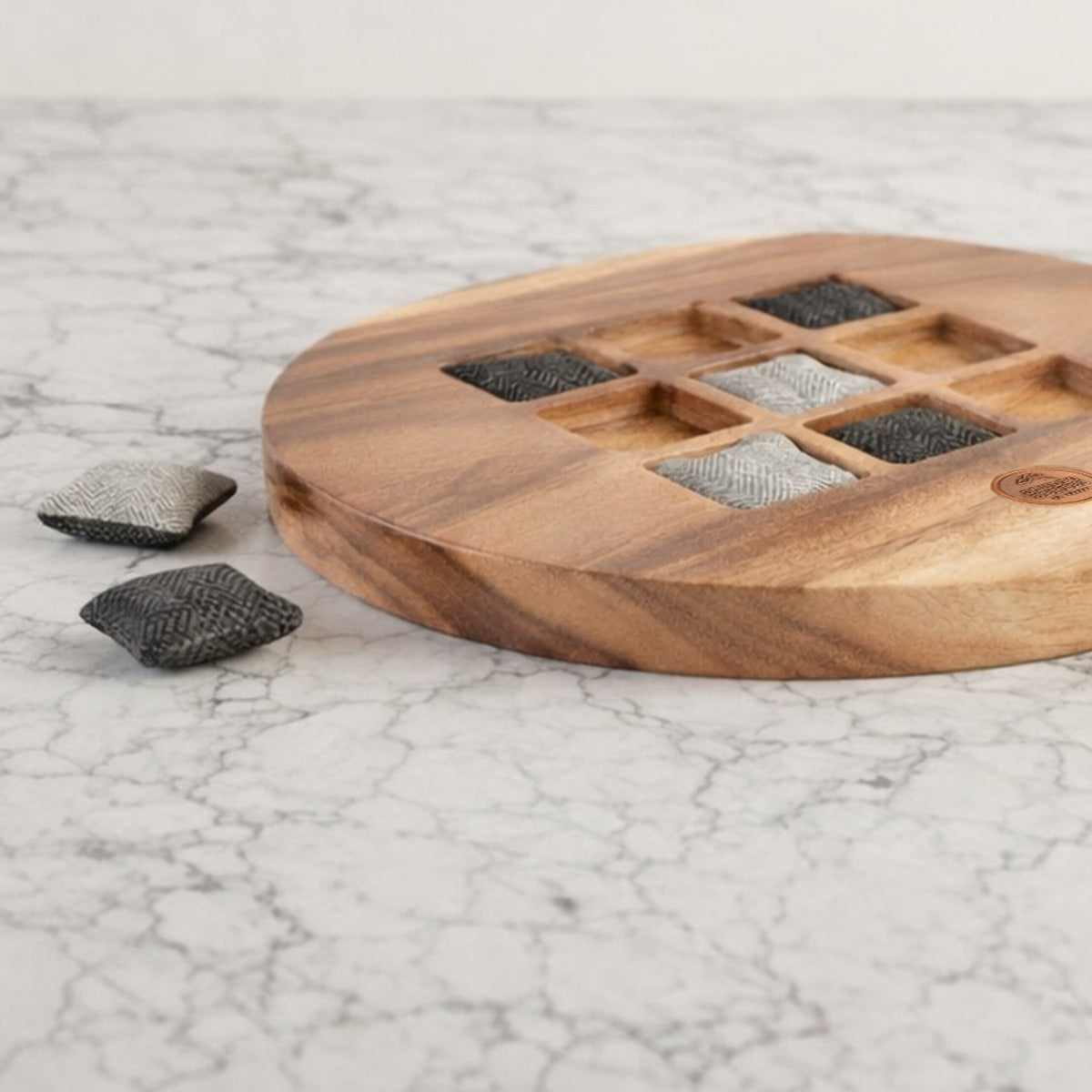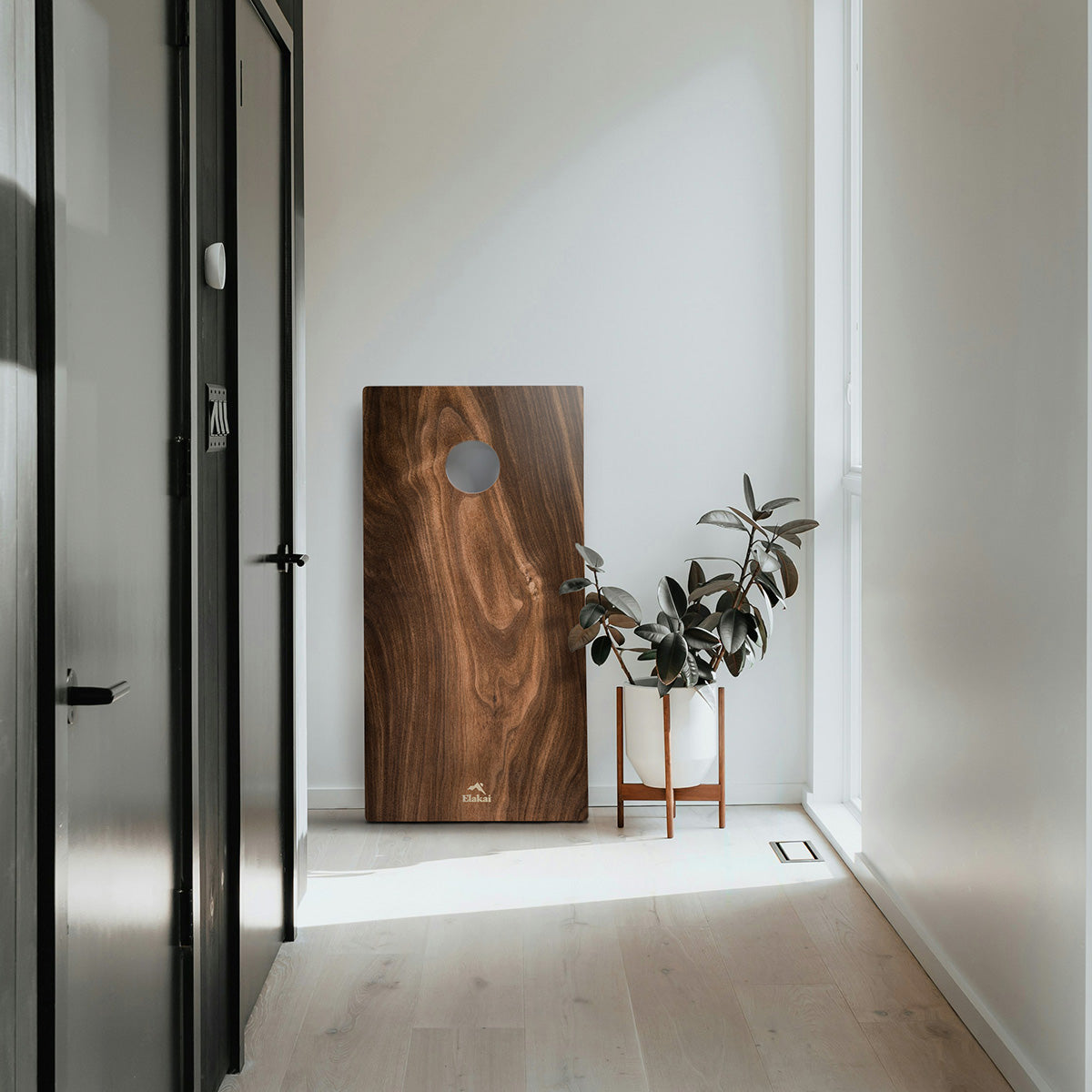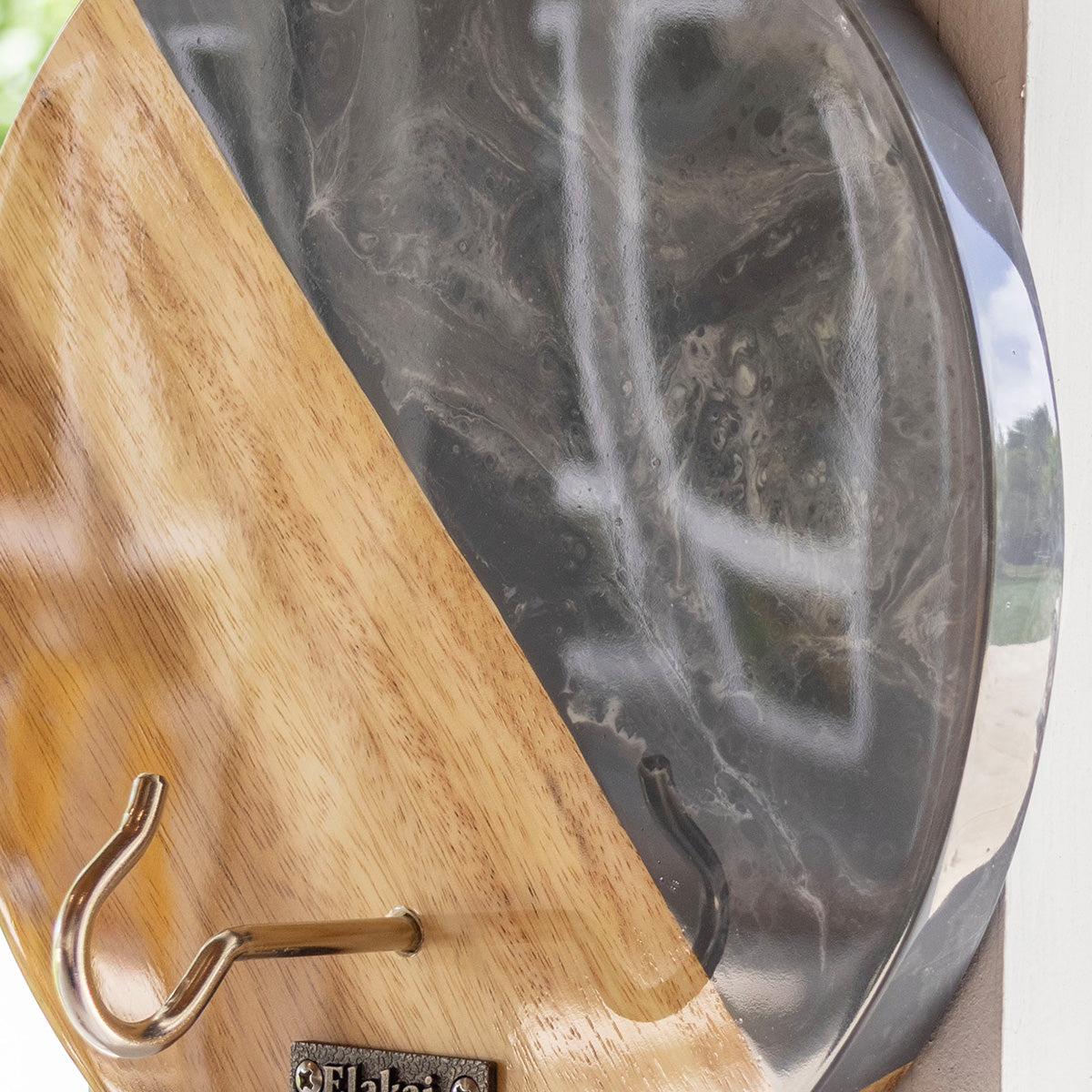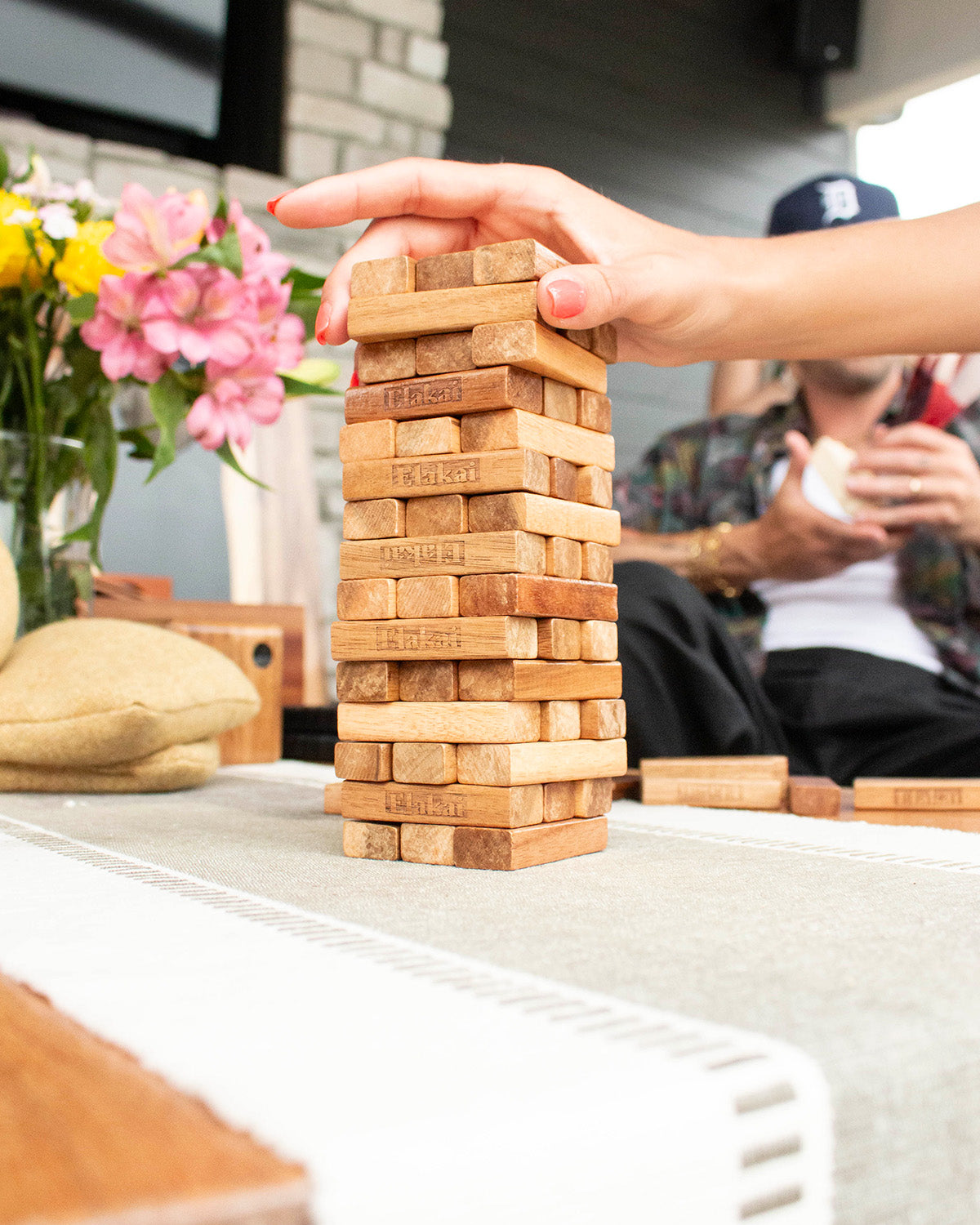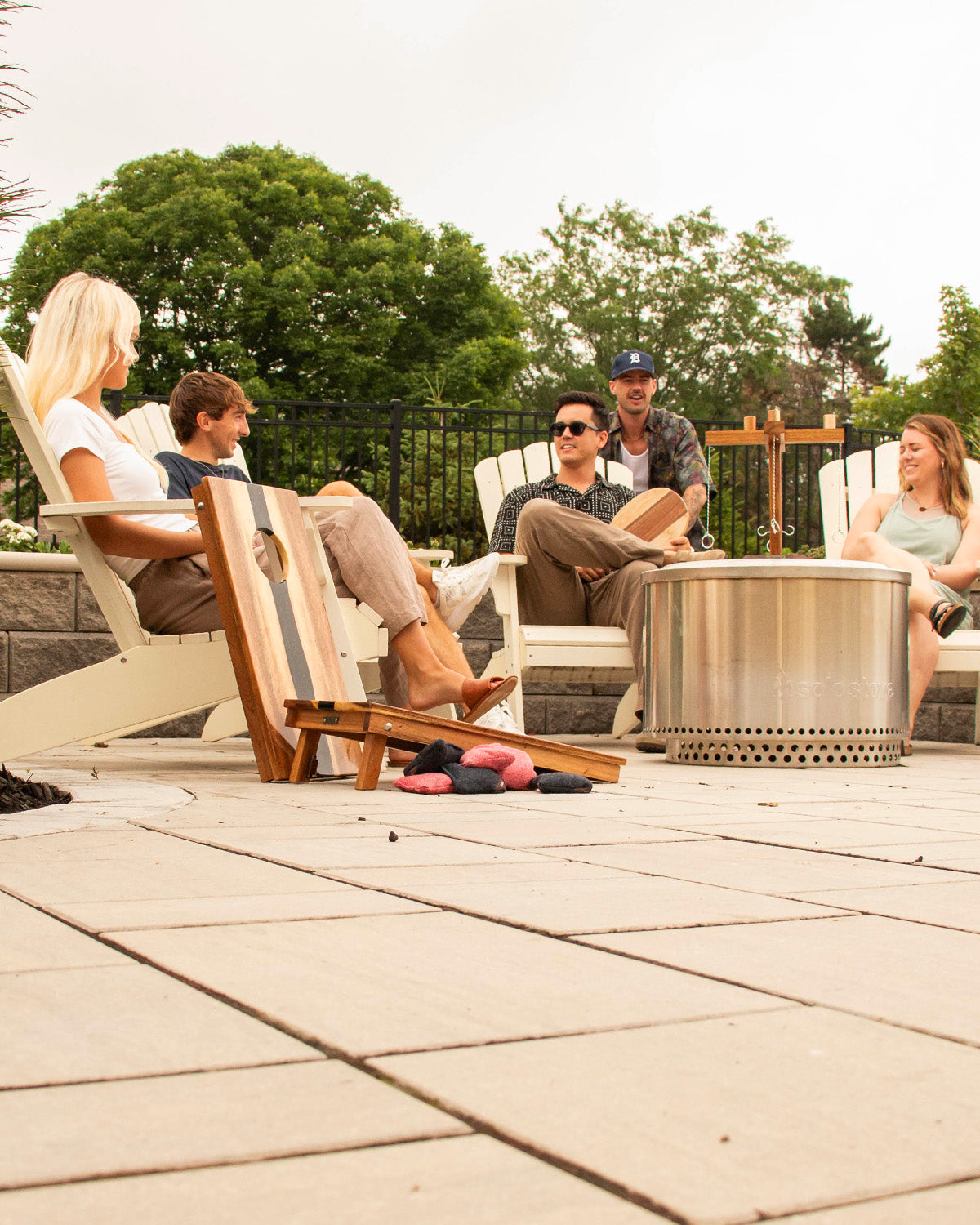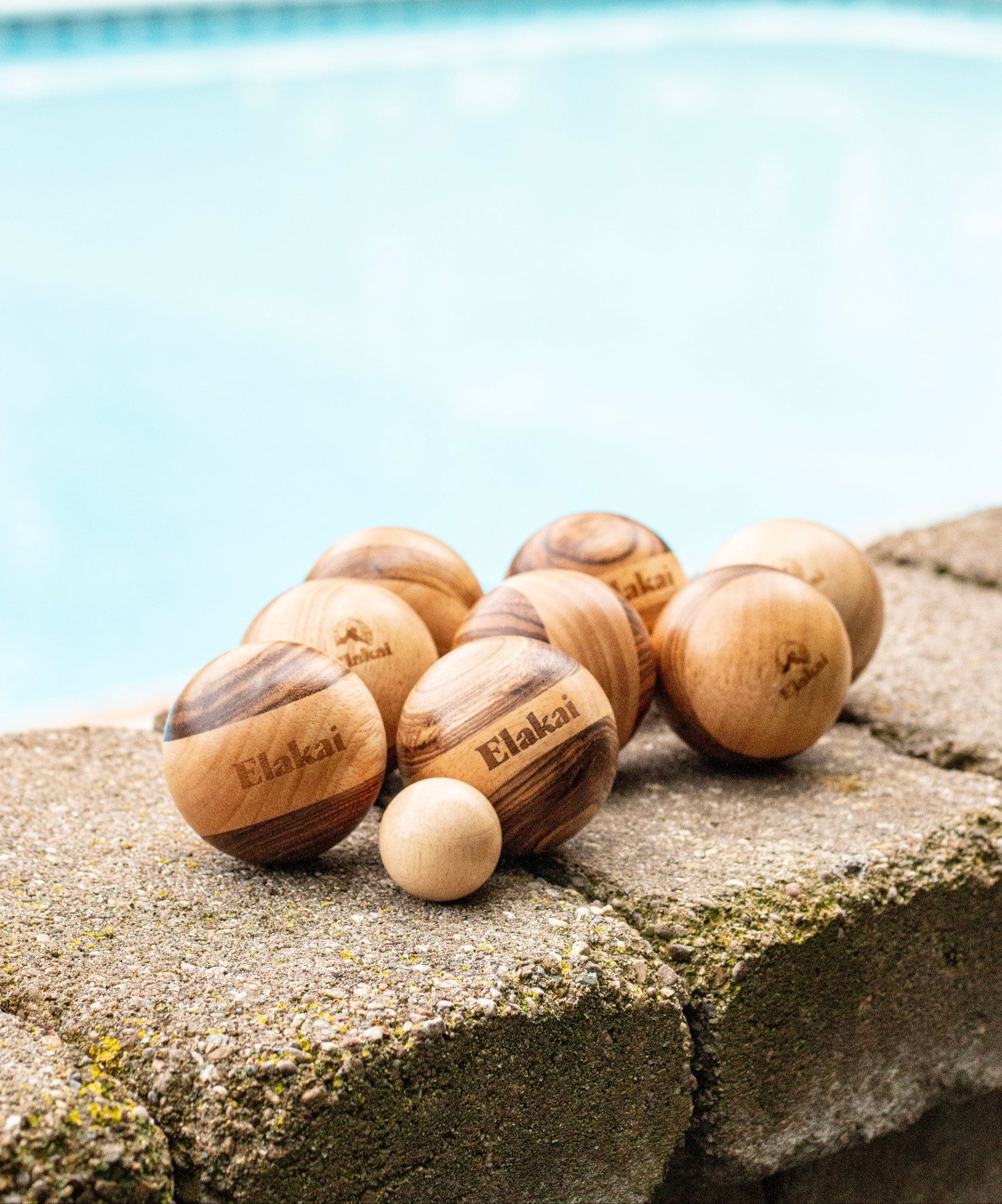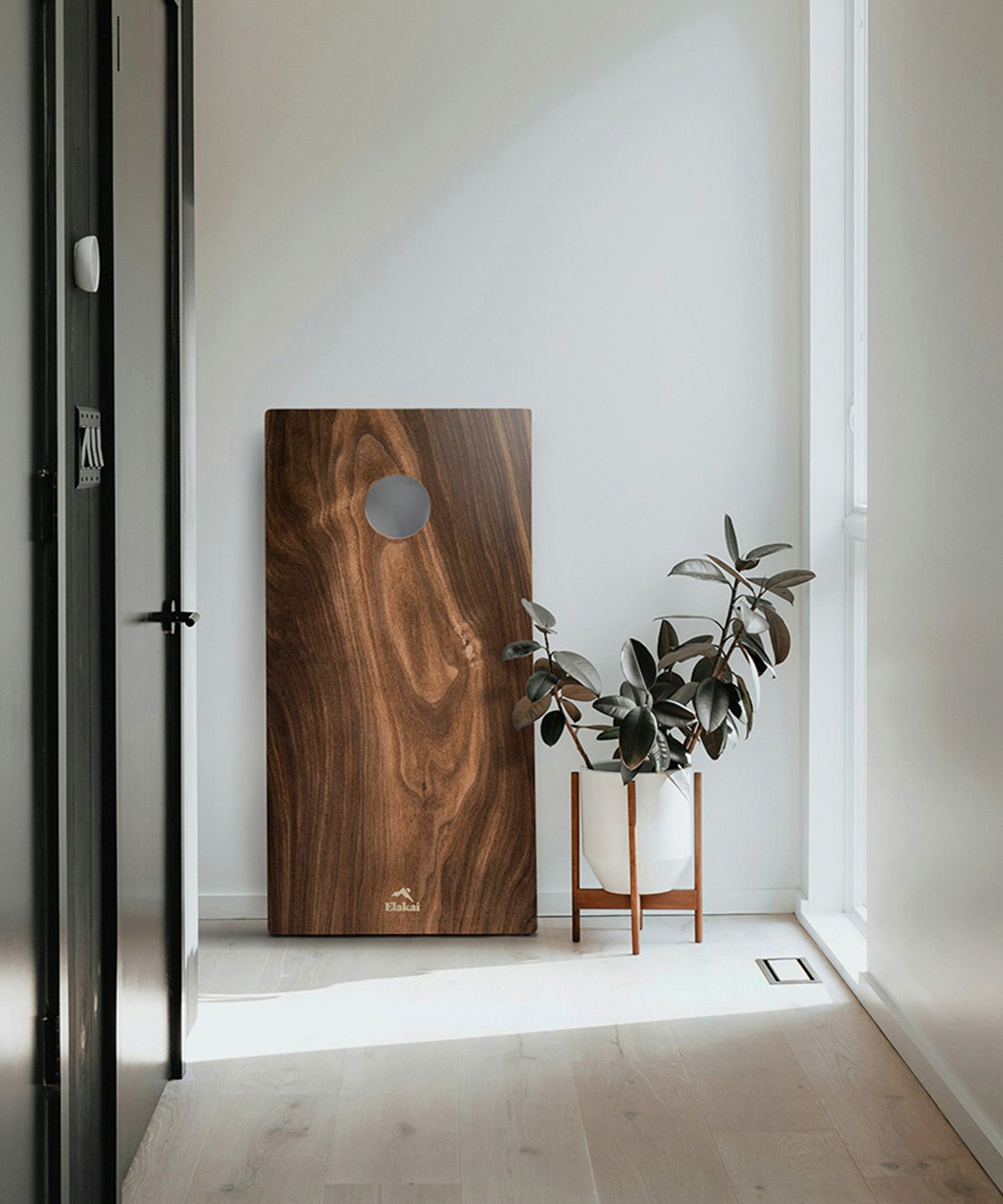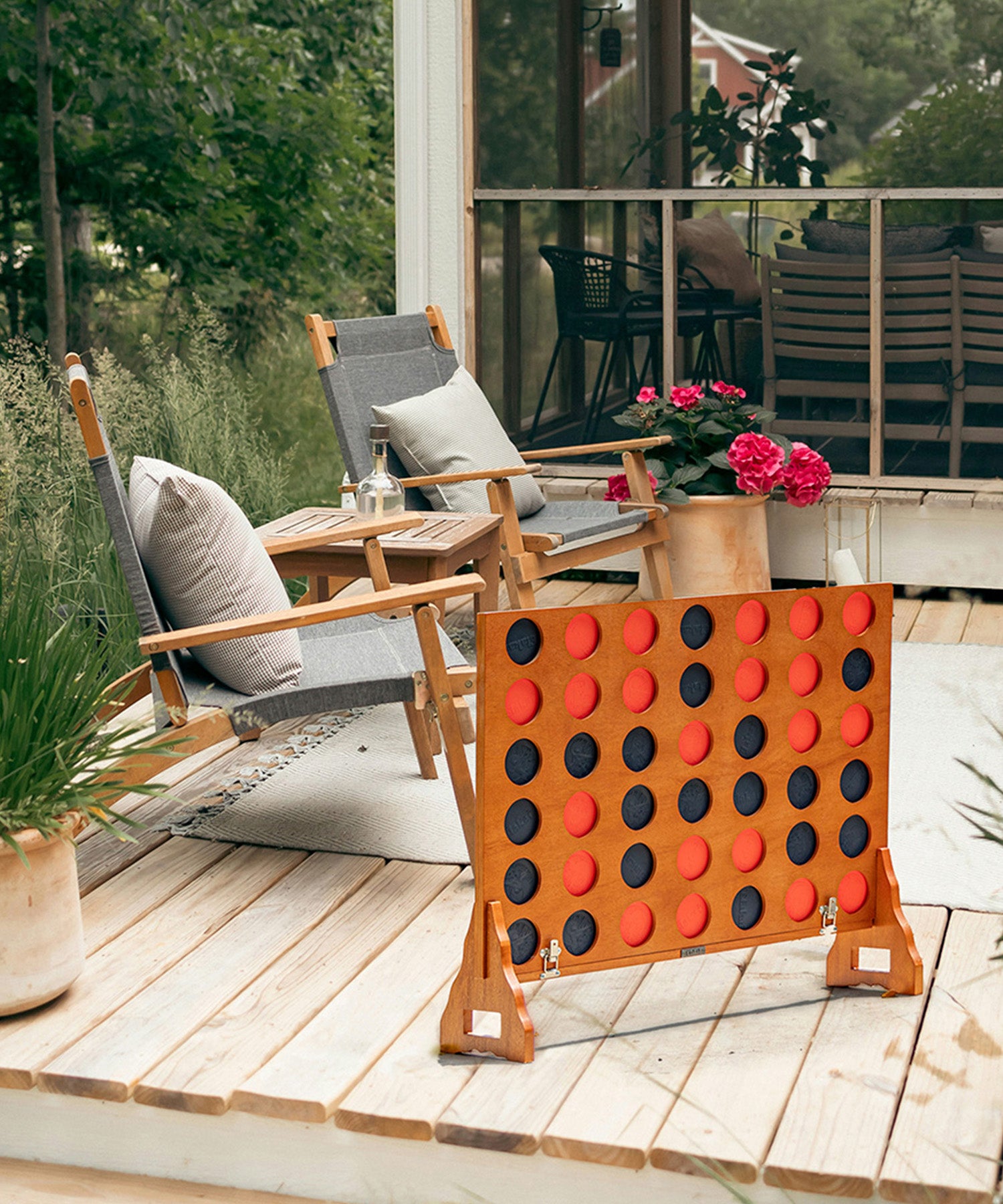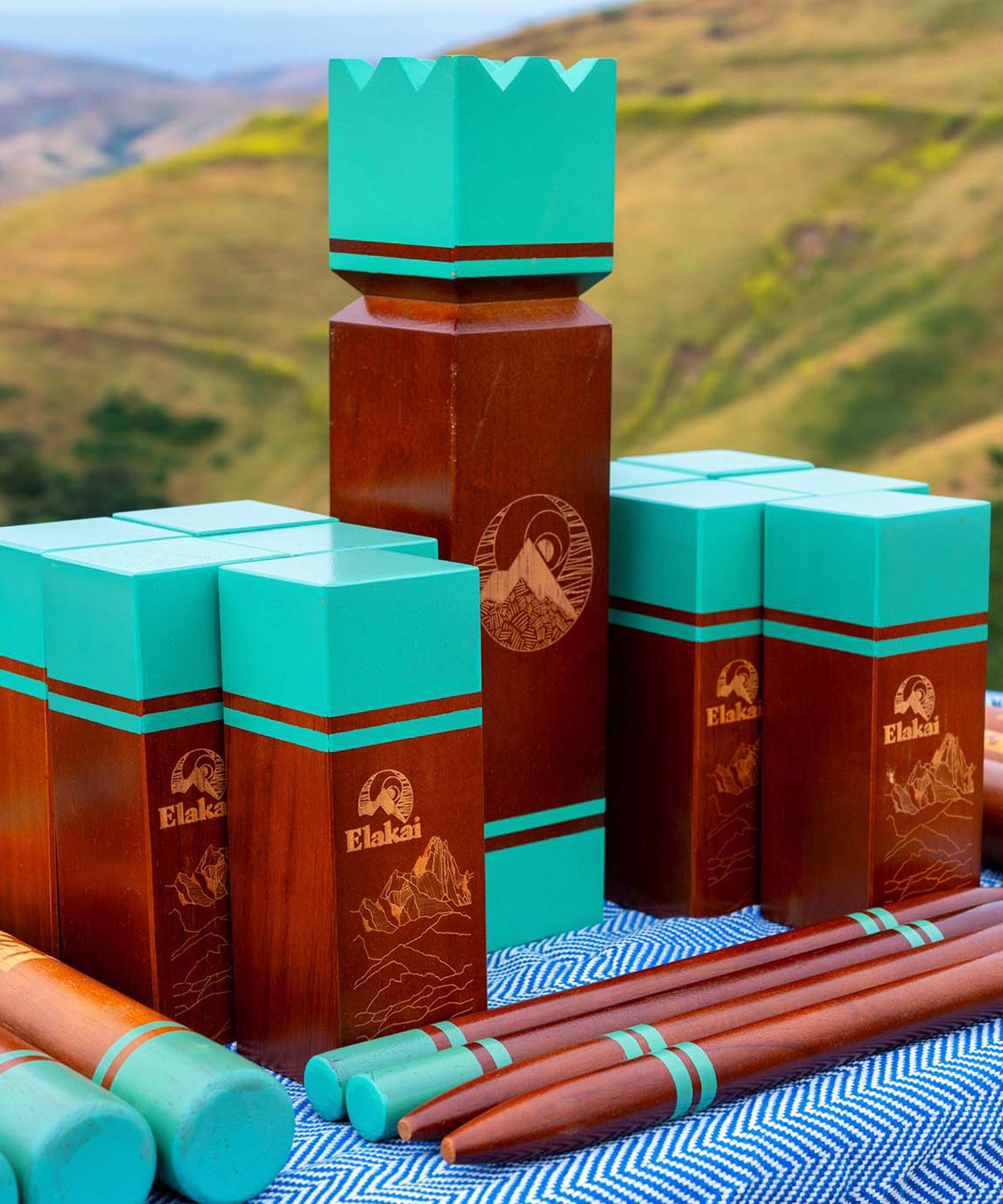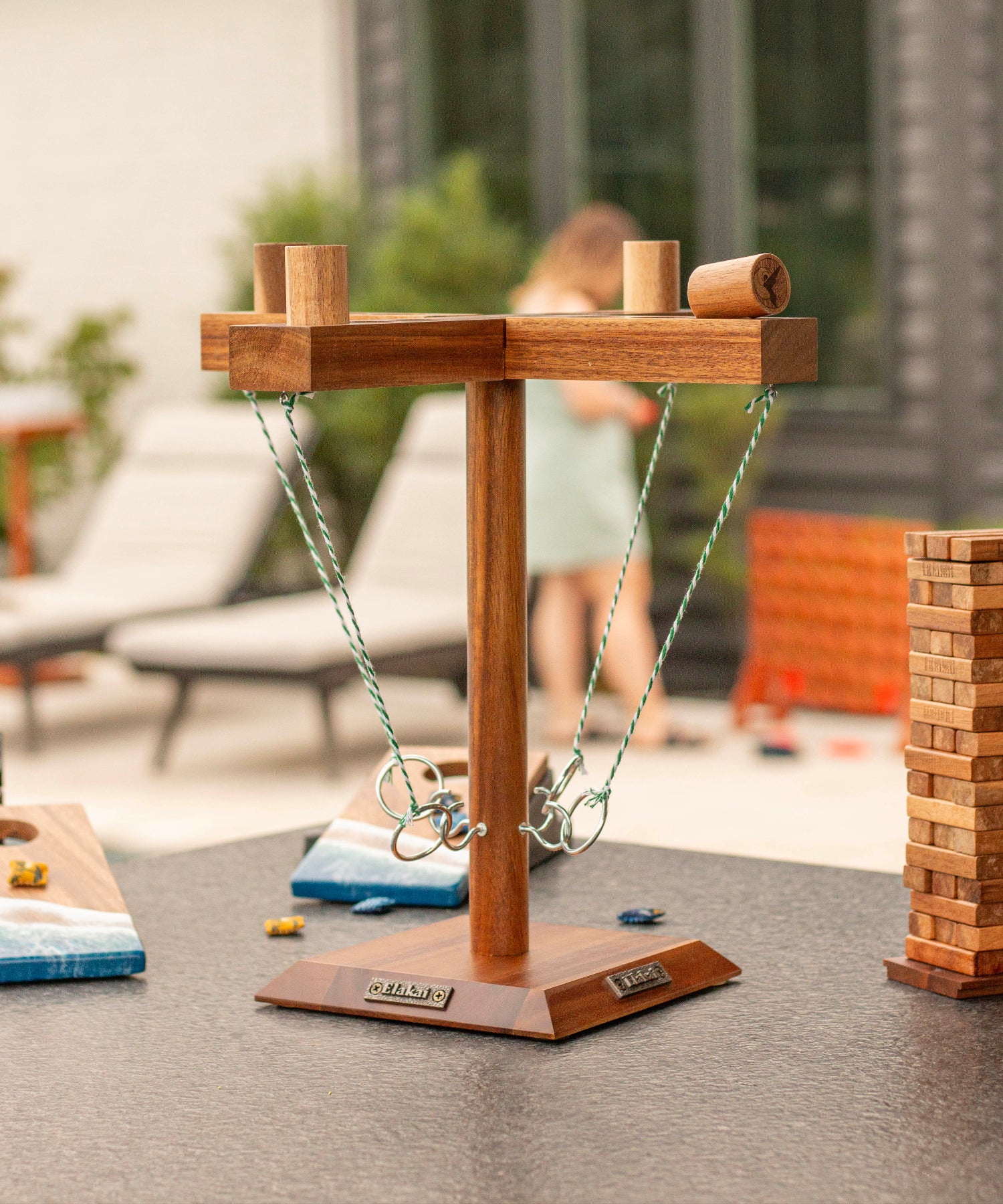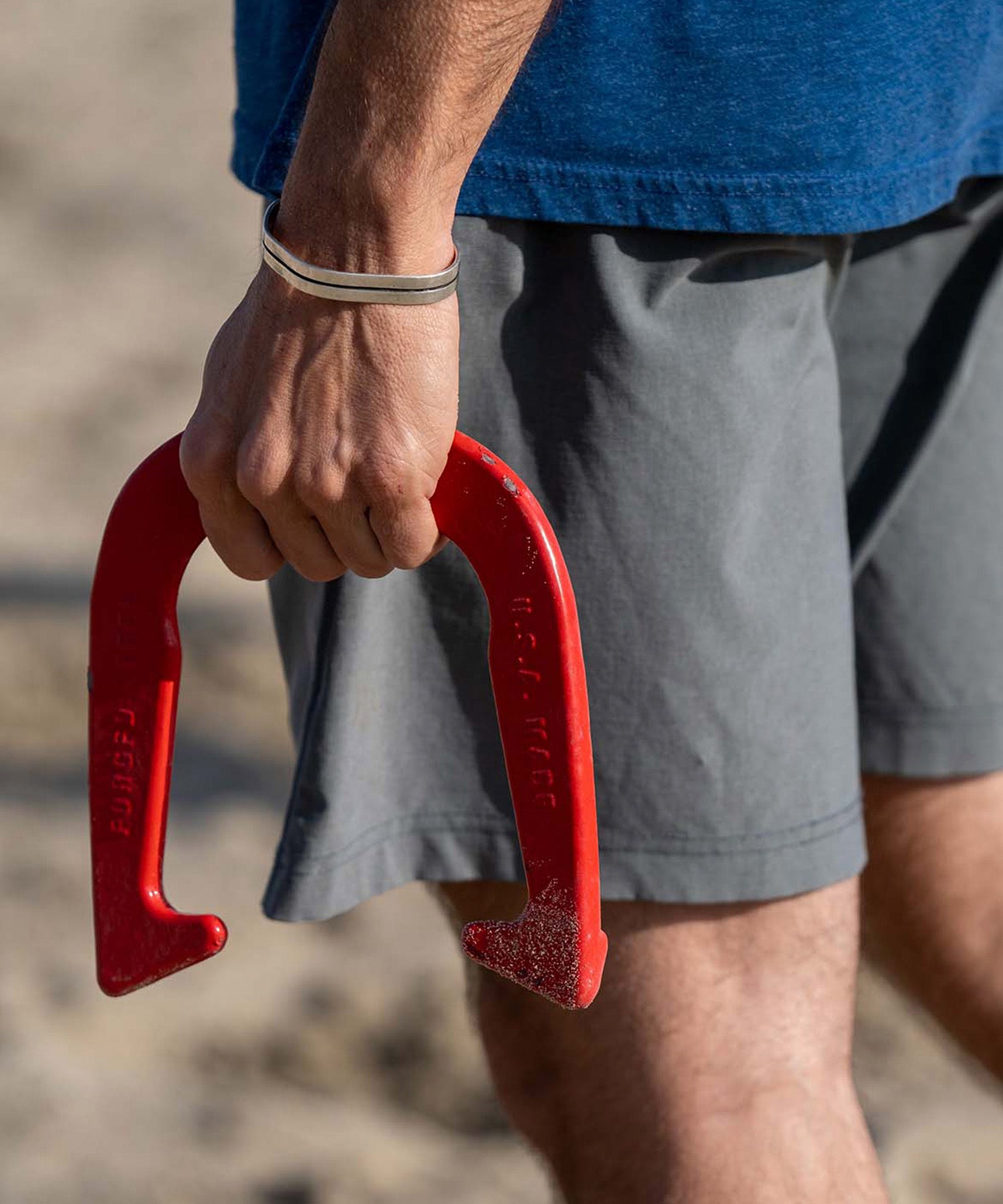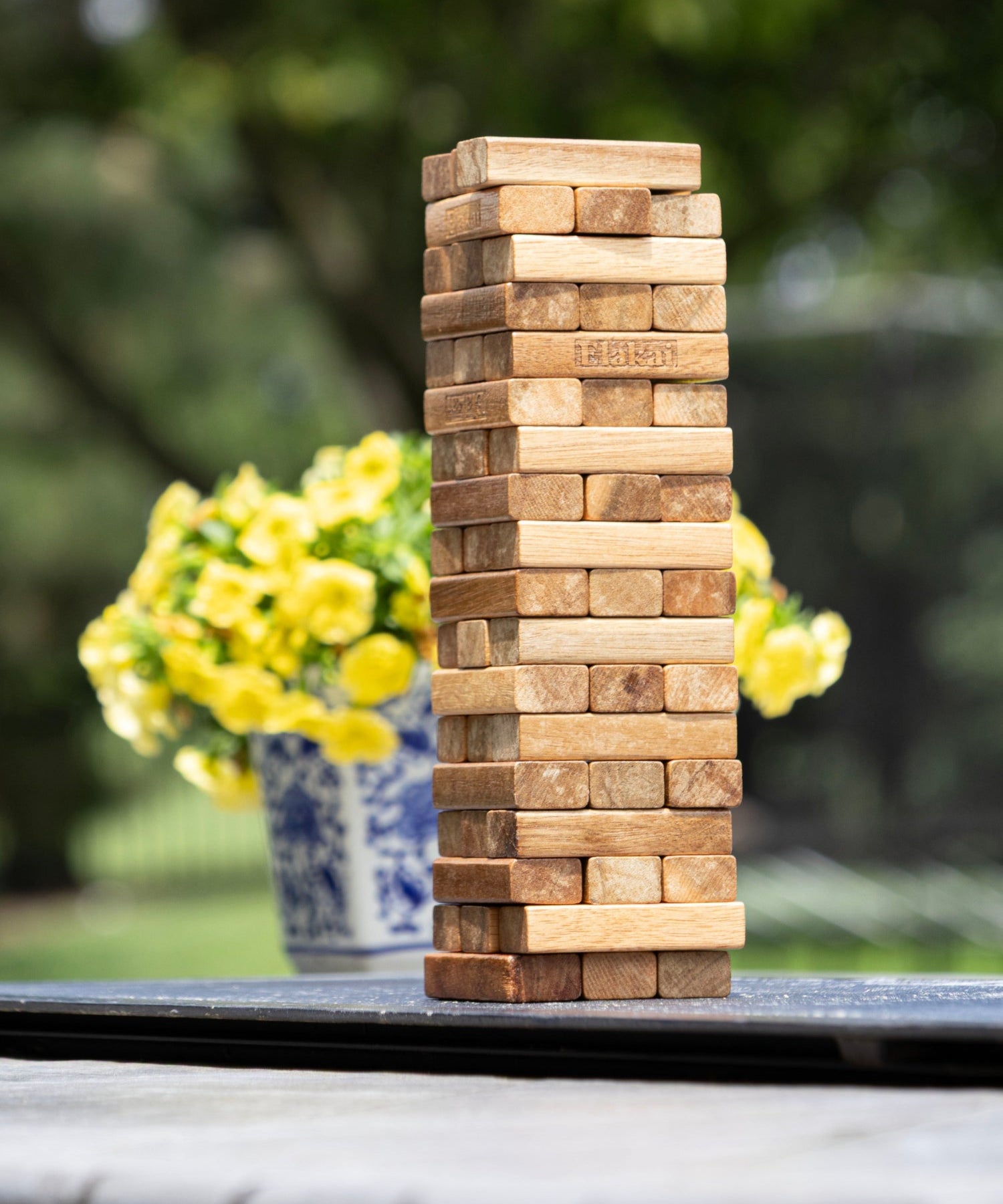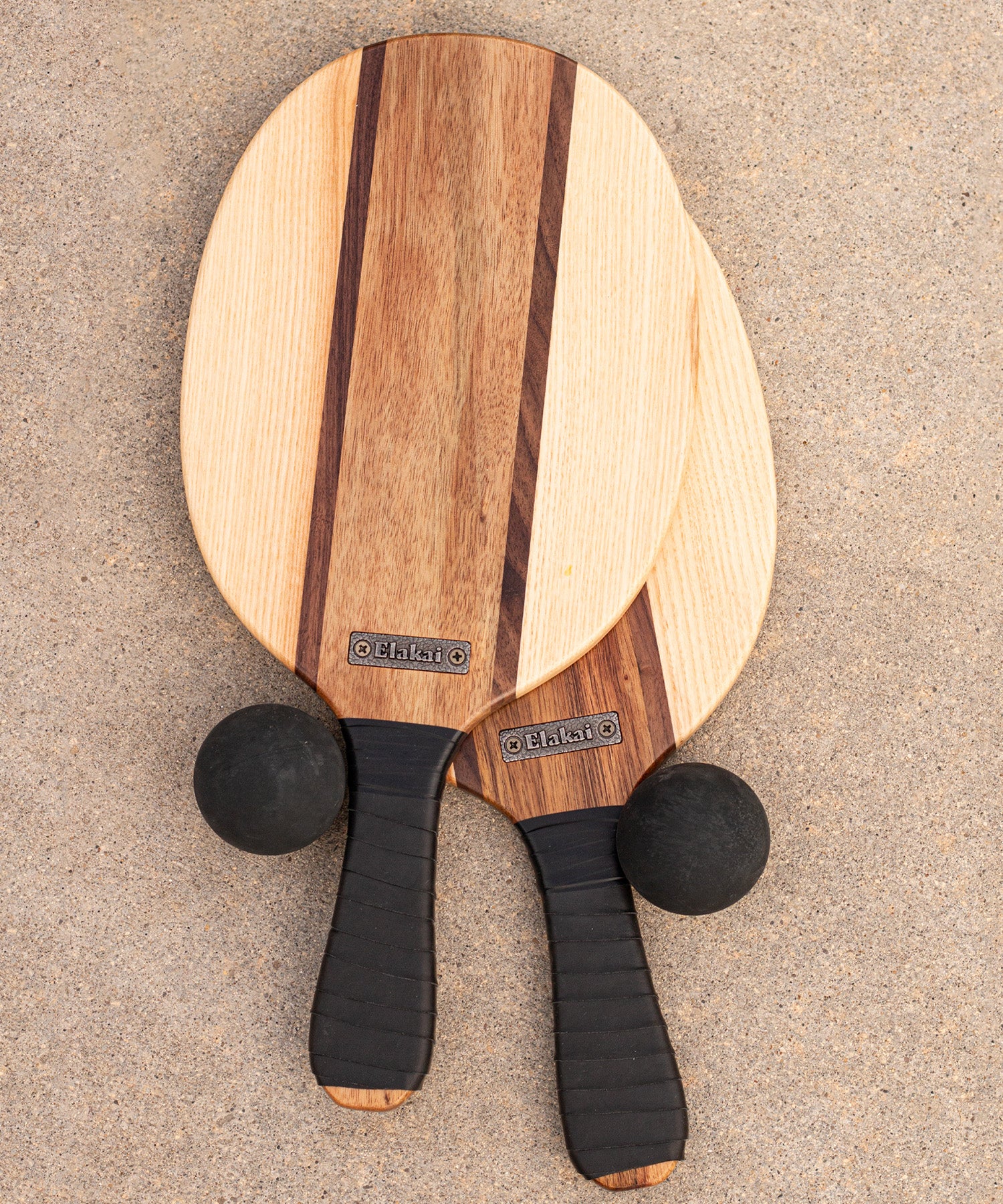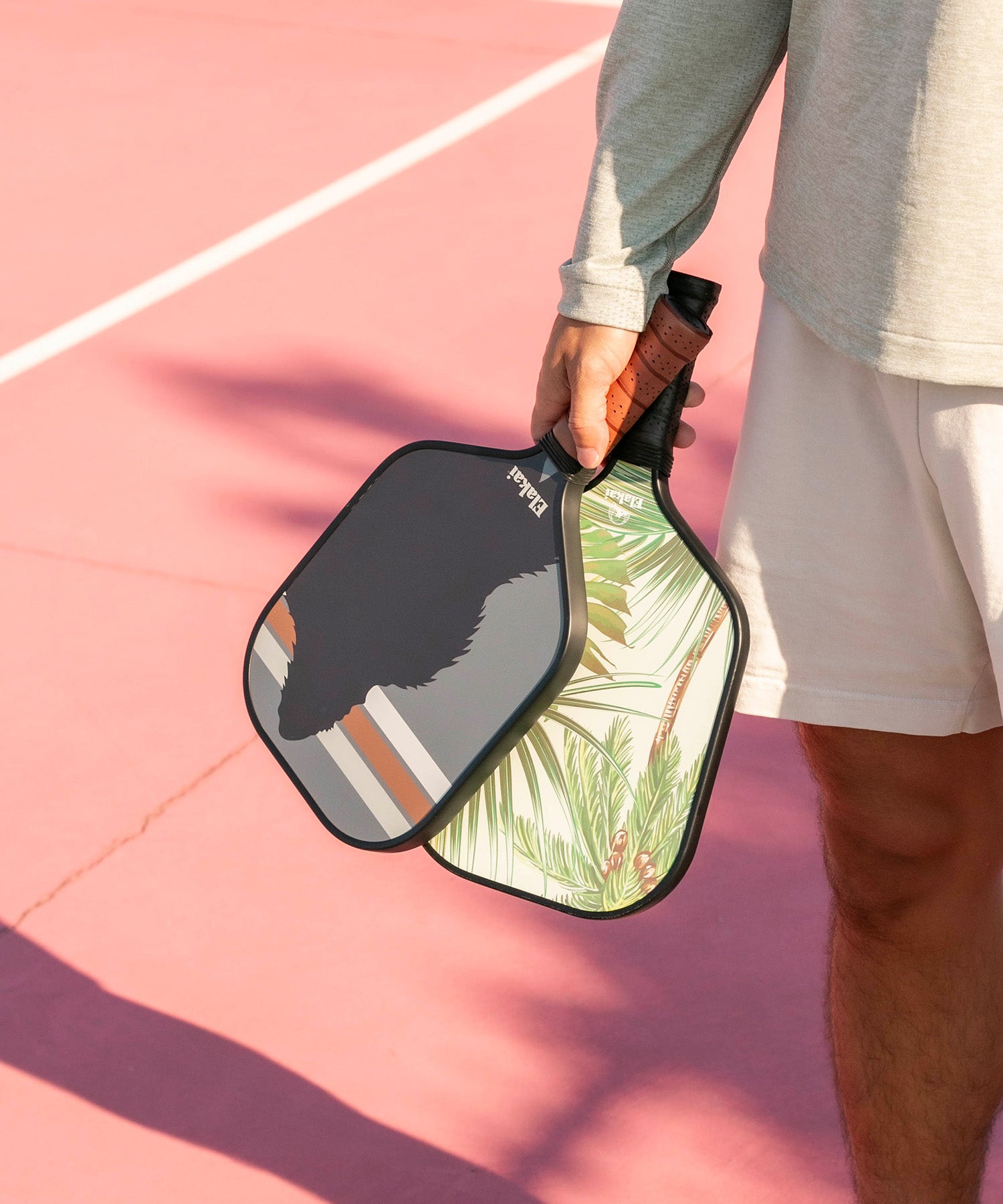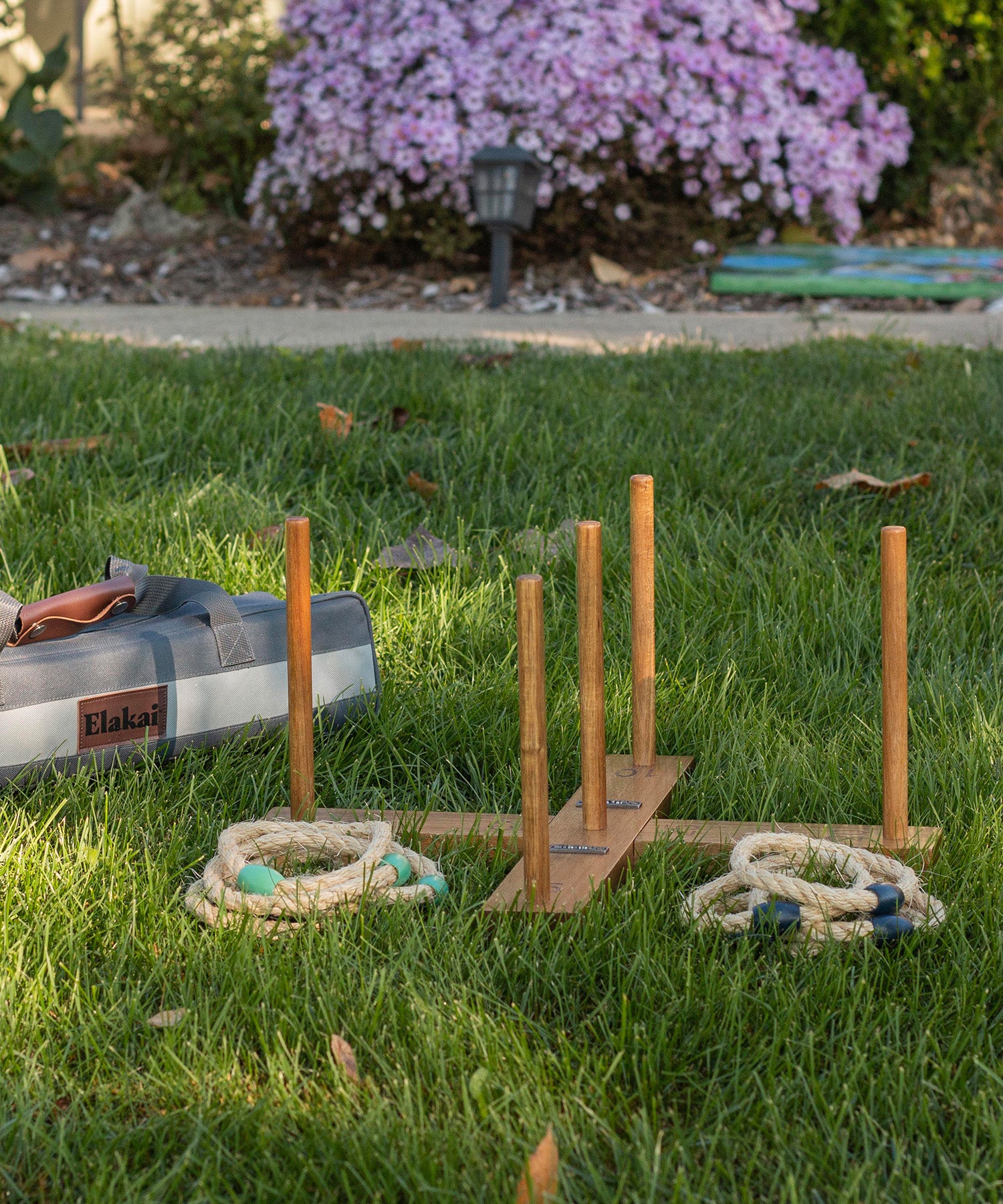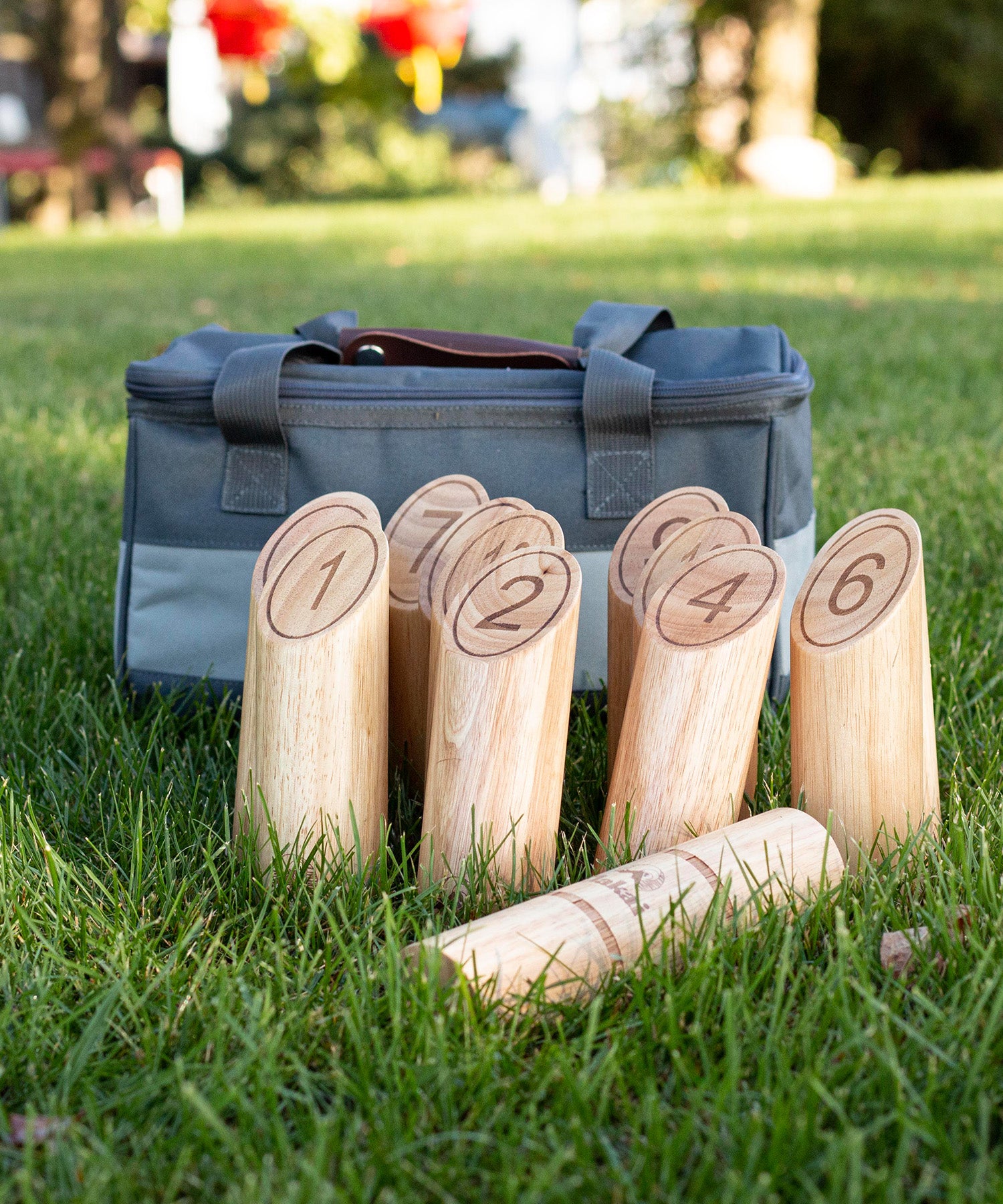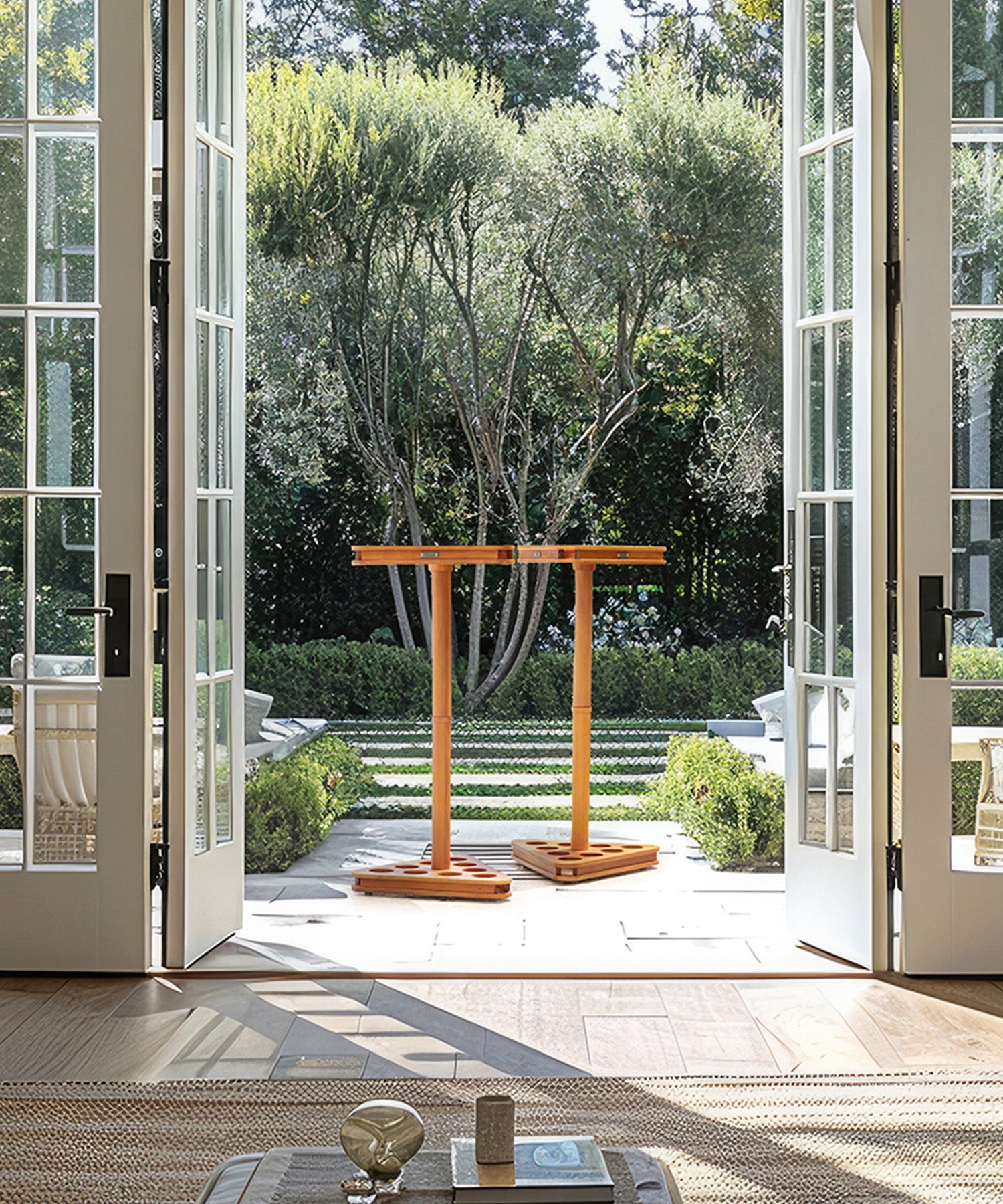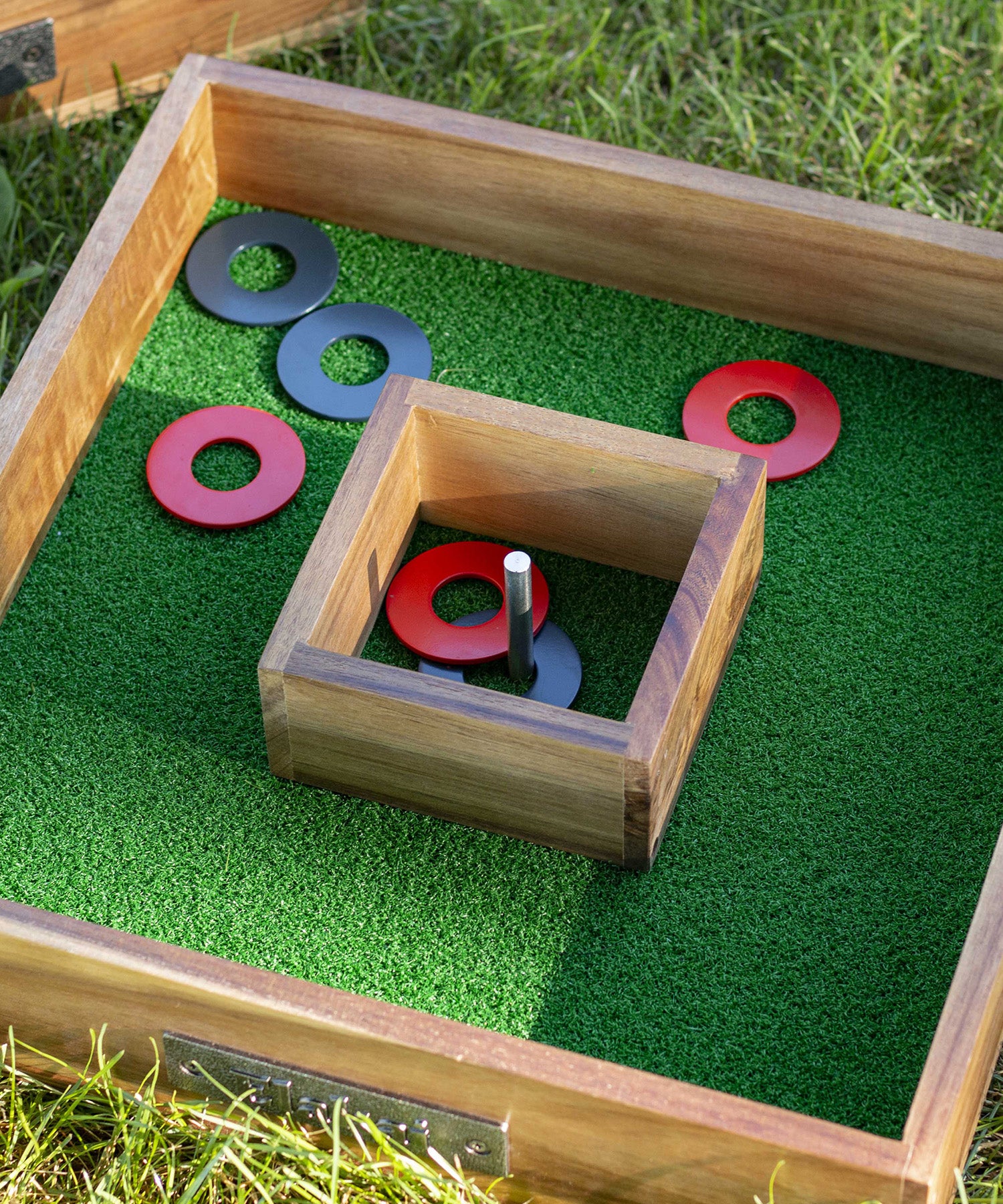When it comes to American backyard games, arguably none of them are as recognizable as cornhole. Whether you know it as cornhole, bags, baggo, bean bag toss, or another of the various nicknames given to the game over the years. It’s a game synonymous with Midwestern culture that spread rapidly from coast to coast.
Cornhole is the perfect game for outdoor parties, barbecues, tailgating events, or just plain ole backyard fun. So if you’re looking to learn the ins and outs of cornhole, dive into the game’s history, or start playing competitively, this article has everything you need to know.
Table of Contents
Where Can I Get Durable Cornhole Boards?

The Origins of Cornhole
As is the case with many classic outdoor games, the exact history of Cornhole is fairly muddy. Some stories credit the Blackhawk Tribe with the creation of the game sometime before Illinois was ratified as a state. Others date the game all the way back to 14th century Germany where the game was created to keep children from injuring themselves by throwing jagged rocks at buckets.
Parlor-Quoits: The Birth of Cornhole
While the exact story of cornhole’s creation is lost to history, we can trace the game's modern origins. The oldest iteration of the game within the US was patented in Chicago, Illinois, by Heylinger Adams De Windt. Originally called “parlor-quoits,” De Windt filed the patent for the game in 1883. De Windt’s version of the game consisted of a game board with a large, square hole in the center of the board. The game was essentially intended to be an indoor version of quoits, which is the old English name of the game horseshoes.
While it’s entirely possible that the game was being played before De Windt filed his patent, this telling of the story is in line with the accepted history of the game being native to the Midwest.
Several iterations of the game would come about in the years following. One version used a board with two different-sized holes. Each hole was worth a different number of points, and different parts of the board were also worth a different amount of points. Some versions even gave negative points if your bag slid off the board!

How Do You Set Up Cornhole?
Corn hole is a completely self-contained game. So there isn’t much setup beyond putting the board’s legs in their standing position. Ideally, you’ll want the boards to be on even ground.
For adults, the boards should be placed 27 feet apart. For children, the recommended distance is around 15 feet. Each team should have a total of 4 bean bags.
How Do You Play Cornhole?
Playing cornhole is just as simple as setting it up. The game is played in teams of either 1 or 2 players.
Gameplay For Solo Teams
For solo players, both players stand behind the same cornhole board and take turns tossing their bags at the other board. Once all bags have been tossed, teams should calculate and award points and then move on to the next round. The direction the bags are being tossed should alternate each round.

Gameplay For Teams of Two
For teams of two, one player from each team stands on either side of each board. Both teams alternate tossing their bags at the same board. Once all bags have been tossed, teams should calculate their points and move to the next round.
How Does Scoring in Cornhole Work?
The scoring system in cornhole is extremely simple. Cornhole uses a type of scoring called “canceling,” where only one team is allowed to score each round.
So, once all bags have been tossed and the round is effectively finished, count the number of bags that each team made into the cornhole and how many bags were made onto the board. A team is awarded three (3) points for each bag that is either tossed or knocked into the hole. And for each bag that lands on the board, a team is awarded one (1) point.
Once the proper scores for each team have been determined, the team with the larger number of points subtracts the other team’s points from their own. The remaining number is that teams score for the round. The other team receives no (0) points for the round.
If both teams scored the same number of points within a round, neither receive any points.

If one team got 2 bags in the hole and 1 bag on the board their score would be 7. If their opponents got 1 bag in the hole and 2 on the board their score would be 5. The team with 7 points at the end of the round would be awarded 2 points and their opponents would be awarded none.
How do you win Cornhole?
Cornhole is played until one team reaches or exceeds 21 points!

Popular House Rules
If you’re looking for ways to add some variation to your cornhole games, there is a seemingly infinite number of house rules that your friend group can choose to run with. We’ve compiled a list of the most popular ones.
Win by Two
This rule works just as the name suggests. In order to win the game, a team must reach or exceed the target score of 21 while outscoring their opponents by a minimum of two points. This can lead to longer, more challenging games when each team is equally skilled.
The Bust Rule
Another fairly common house rule is that a team must score exactly 21 points to win. If you exceed 21 points at the end of a round, you “bust” and your score is reset to 11.
Combine this with the “win by two” rule and you can create challenging games where you must strategize the best way to beat your opponent without going over 21 points.
Long Toss
Long toss competitions are a less common, but very rewarding variation of cornhole where the objective is to score from as far away as possible. To start the game, each player tosses bags from 15 paces away from the board. Players have 3 tosses to score a point, and if they fail they are eliminated from the game.
Each round, players move 3 paces away from the board and the process repeats. Cornhole is usually a game of repetition where you try to repeat the perfect toss every throw. By forcing you to throw at different distances, long toss forces players to learn on the fly and try new throws to continue scoring. It’s the perfect way to challenge players to go outside of their normal play style.

Playing Competitive Cornhole
If you’re looking to go beyond your typical backyard cornhole games, there are tons of leagues playing across the country. And you can find tournaments on any given weekend at your local breweries, bars, and taprooms.
Another option for those looking for the pinnacle of cornhole competition is joining a league sanctioned by the American Cornhole Organization or the American Cornhole Association. Most of the equipment regulations are standard between the two governing bodies of competitive cornhole, but we recommend checking their website for specific details that won’t be covered here. That being said, we will cover a couple of very important rules you need to know to play competitive cornhole.
Committing Fouls
One major rule you need to observe is the “out of bounds” rule. This rule dictates that you’ve committed a foul anytime you step out of the pitcher’s box.
In competitive cornhole, the pitcher’s box is a rectangular area spanning the length of the board and approximately four feet to either your left or right (depending on which side of the board you’re on).
But what happens when you cross the foul line?
The bag is effectively dead, and no points can be given for it.
Don’t Touch The Bags!
This might as well be the golden rule of cornhole. Once the bags have been thrown, do not touch them until both teams have agreed on the scoring for the round. If you touch a bag that has already been thrown, then the remainder of your bags for the round are forfeit. The other team then counts their score as if they threw all 4 bags into the cornhole.
In all honesty, both of these rules should be followed as best practices even when you’re playing cornhole recreationally. But they can be enforced more leniently in backyard pick-up games.

Where Can I Get Durable Cornhole Boards
The answer is simple. You can get the best cornhole boards and bags on the market right here! Here at Elakai, we’re in the business of creating one-of-a-kind backyard games that are durable enough to be passed down through the generations.
Not only are they durable, but they’re also handcrafted works of art. Elakai cornhole boards are inspired by nature. With an array of stylish artwork, designs, and carefully selected materials, Elakai cornhole boards make for an excellent complement to any backyard.
So if you’re looking for an aesthetically pleasing cornhole board that will stand the test of time, and “WOW” at all your outdoor events, then order your Elakai cornhole board today!


